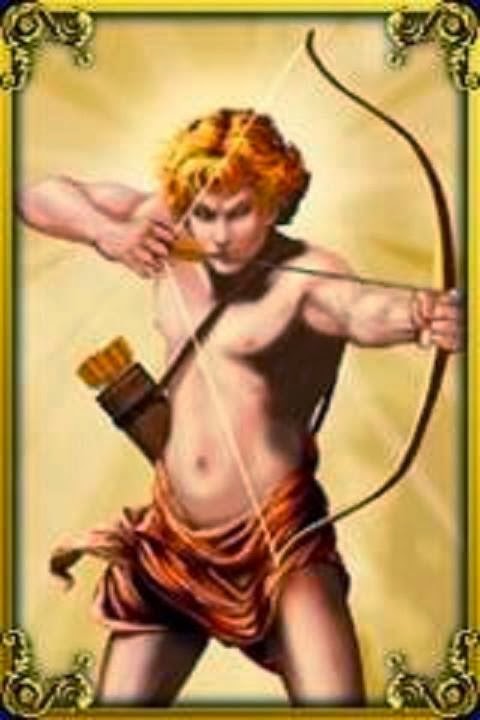Celtic - Druid Tree and Plant Worship
Human sacrifices were hung or impaled on trees, e.g. by the warriors of Boudicca.
The Celts had their own cult of trees, but they adopted local cults—Ligurian, Iberian, and others. The Fagus Deus (the divine beech), the Sex arbor or Sex arbores of Pyrenean inscriptions, and an anonymous god represented by a conifer on an altar at Toulouse, probably point to local Ligurian tree cults continued by the Celts into Roman times. Forests were also personified or ruled by a single goddess, like Dea Arduinna of the Ardennes and Dea Abnoba of the Black Forest. But more primitive ideas prevailed, like that which assigned a whole class of tree-divinities to a forest, e.g. the Fatæ Dervones, spirits of the oak-woods of Northern Italy. Groups of trees like Sex arbores were venerated, perhaps for their height, isolation, or some other peculiarity.
The Celts made their sacred places in dark groves, the trees being hung with offerings or with the heads of victims. Human sacrifices were hung or impaled on trees, e.g. by the warriors of Boudicca. These, like the offerings still placed by the folk on sacred trees, were attached to them because the trees were the abode of spirits or divinities who in many cases had power over vegetation.
Pliny said of the Celts: "They esteem nothing more sacred
than the mistletoe and the tree on which it grows. But apart from this they choose oak-woods for their sacred groves, and perform no sacred rite without using oak branches." Maximus of Tyre also speaks of the Celtic (? German) image of Zeus as a lofty oak, and an old Irish glossary gives daur, "oak," as an early Irish name for "god," and glosses it by dia, "god."The sacred need-fire may have been obtained by friction from oak-wood, and it is because of the old sacredness of the oak that a piece of its wood is still used as a talisman in Brittany. Other Aryan folk besides the Celts regarded the oak as the symbol of a high god, of the sun or the sky, but probably this was not its earliest significance. Oak forests were once more extensive over Europe than they are now, and the old tradition that men once lived on acorns has been shown to be well-founded by the witness of archæological finds, e.g. in Northern Italy. A people living in an oak region and subsisting in part on acorns might easily take the oak as a representative of the spirit of vegetation or growth. It was long-lived, its foliage was a protection, it supplied food, its wood was used as fuel, and it was thus clearly the friend of man. For these reasons, and because it was the most abiding and living thing men knew, it became the embodiment of the spirits of life and growth. Folk-lore survivals show that the spirit of vegetation in the shape of his representative was annually slain while yet in full vigour, that his life might benefit all things and be passed on undiminished to his successor. Hence the oak or a {200}human being representing the spirit of vegetation, or both together, were burned in the Midsummer fires. How, then, did the oak come to symbolise a god equated with Zeus. Though the equation may be worthless, it is possible that the connection lay in the fact that Zeus and Juppiter had agricultural functions, or that, when the equation was made, the earlier spirit of vegetation had become a divinity with functions resembling those of Zeus. The fires were kindled to recruit the sun's life; they were fed with oak-wood, and in them an oak or a human victim representing the spirit embodied in the oak was burned. Hence it may have been thought that the sun was strengthened by the fire residing in the sacred oak; it was thus "the original storehouse or reservoir of the fire which was from time to time drawn out to feed the sun." The oak thus became the symbol of a bright god also connected with growth. But, to judge by folk survivals, the older conception still remained potent, and tree or human victim affected for good all vegetable growth as well as man's life, while at the same time the fire strengthened the sun.
















